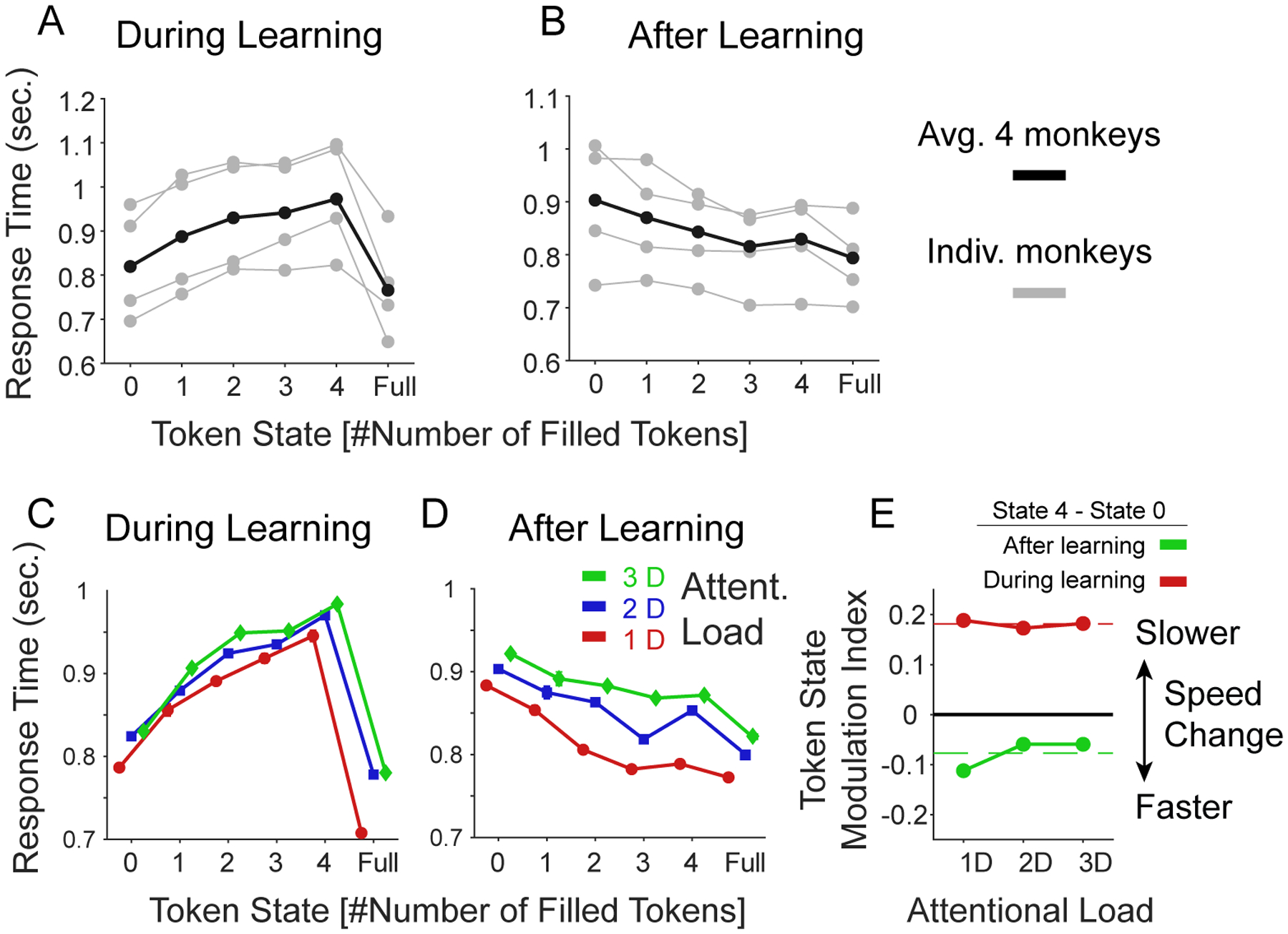Figure 2. Effects of the number of earned tokens (‘Token State’) on response times.

(A) Average response times as a function of the number of earned tokens visible in the token bar (x-axis) for individual monkeys (grey) and their average (in black). Included were only trials prior to reaching the learning criterion. Over all trials monkeys (B, F, I, and S) showed average response time of 785, 914, 938, and 733 ms, respectively. (B) Same as A but including only trials after the learning criterion was reached. (C-D): Same format as A-B showing the average response times across monkeys for the low, medium, and high attentional load condition during learning (C) and after learning (E). (E) The Token State modulation index (y-axis) shows the difference in response times (RT’s) when the animal had 4 tokens earned versus one token earned. During learning (red) RT’s were slower with 4 than 1 earned tokens to similar degrees for different attentional loads (x-axis). This pattern reversed after learning was achieved (green). Dashed red lines show ground mean across all attention loads.
